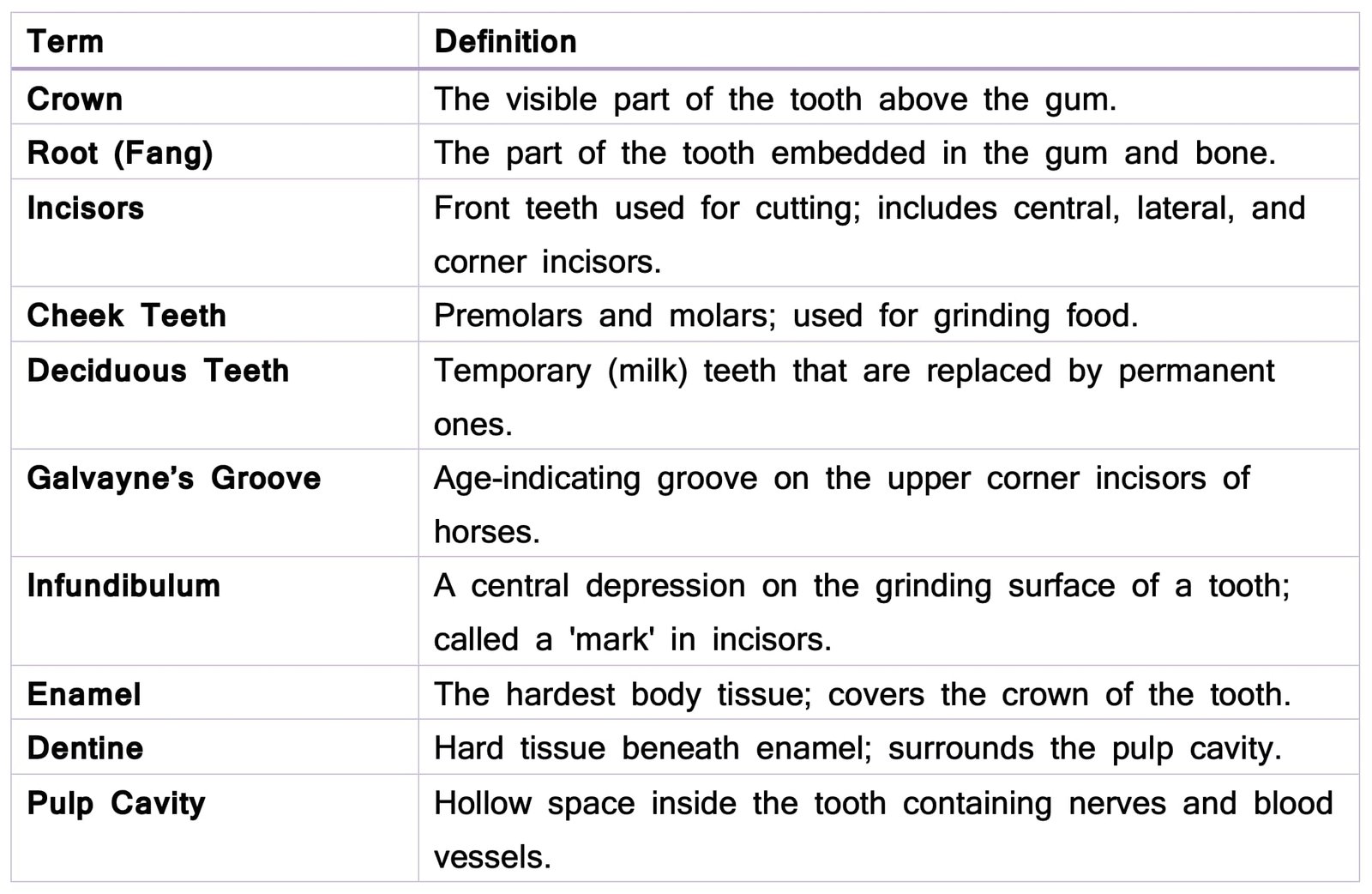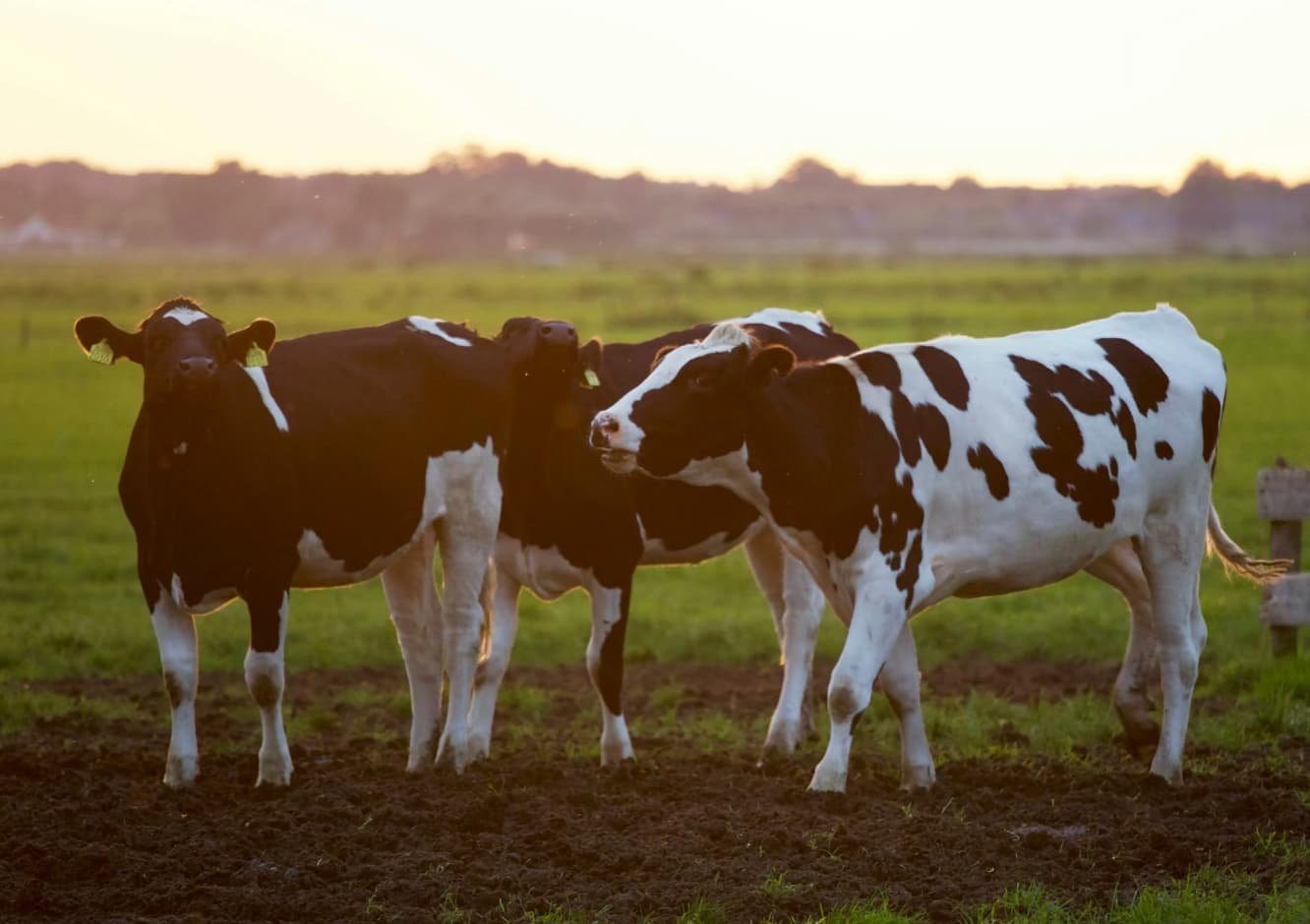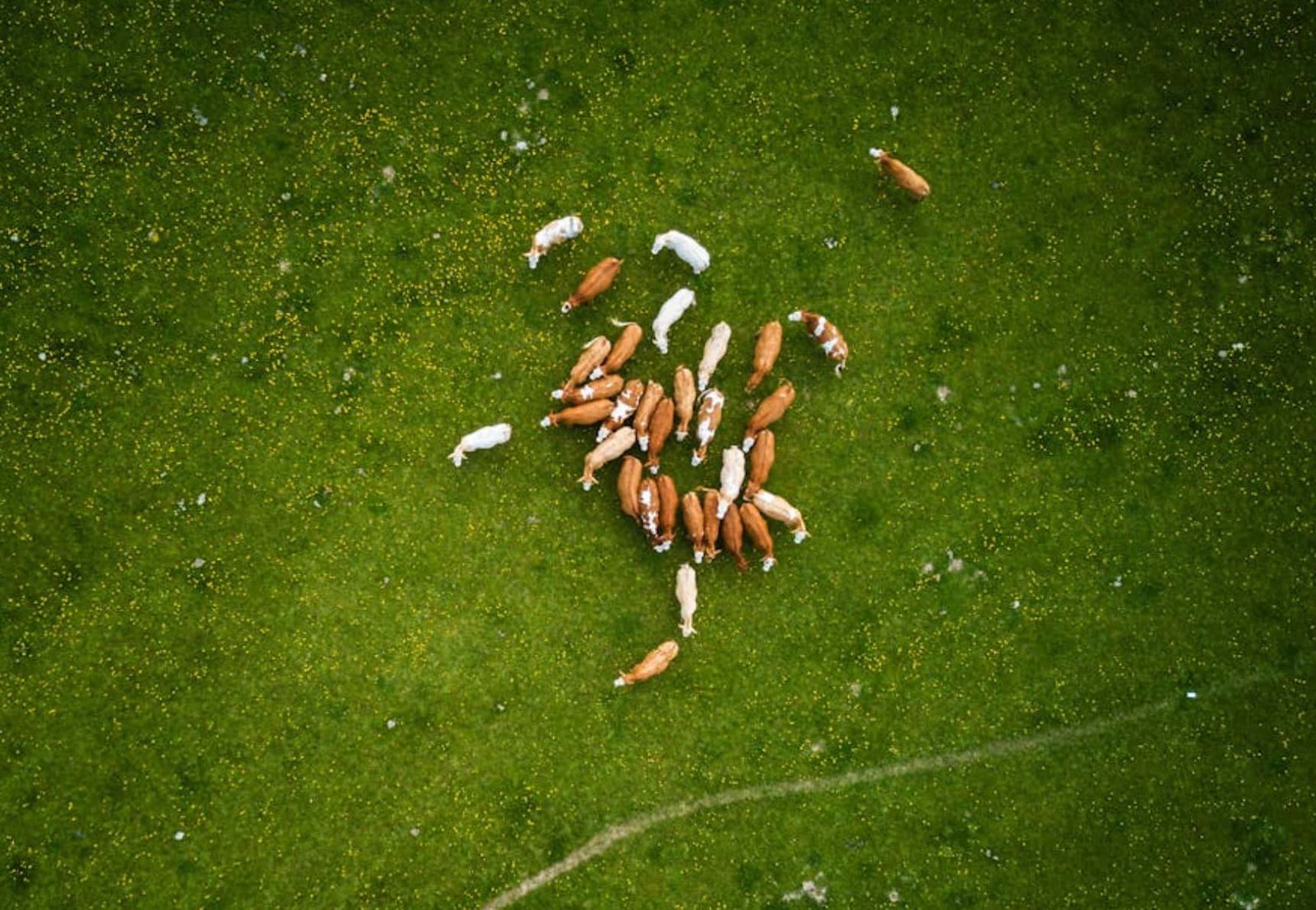Common Terms Used in Dentition
Dentition refers to the development, arrangement, and characteristics of teeth within the mouth of an individual or species. It includes the number, type, shape, and pattern of teeth and their eruption sequence.
Dentition is commonly used to assess the age of animals, especially in horses, cattle, and sheep.
The following are commonly used terms in dentition that help in understanding tooth anatomy:

- Alveolus: It is the bony cavity in which the fang of a tooth is embedded.
- Buccal surface: The outer surface of the tooth.
- Central incisors: A pair of teeth immediately on each side of the middle line.
- Lateral incisors: The second pair of teeth in between the central incisors and corner incisors, or the two teeth present on each side of the central incisors.
- Corner incisor: The last teeth of the incisors on both sides in both jaws are known as corner incisors, or the outermost lateral pair.
- Cheek teeth: Premolars and molars are together called cheek teeth.
- Deciduous or milk teeth or temporary teeth: Those which may be present at birth or may erupt during early life but are later pushed out by the growth of the corresponding permanent teeth. These are milk white in colour and small in size.
- Crown: The part of the tooth which appears above the gum.
- Cutting teeth or erupting teeth: The crown of the tooth which has cut through the mucous membrane of the gum.
- Dental star or fang hole: The upper extremity of the pulp cavity is known as the dental star, and this indicates certain age groups. With advancing age, it becomes round rather than elongated.
- Root or fang: The part of the tooth under the gum.
- Galvayne’s groove: A groove running down the labial surface of the crown of the upper corner incisors of horses. It normally appears near the gum at 10 years; halfway down at 15 years; extends down the whole length of the tooth at 20 years; grown halfway out at 25 years; and disappears at 30 years.
- Infundibulum: A dark depression on the table of the tooth. In incisors, it is called the mark. It is surrounded by a prominent layer of enamel.
- Labial surface: The surface of the tooth next to the lips.
- Lingual surface: The inner surface of the tooth immediately near the tongue.
- Mandible: Another name for the lower jaw.
- Maxilla: Constitutes the upper jaw.
- Mandibular cheek teeth: Lower premolars and molars.
- Maxillary cheek teeth: Upper premolars and molars.
- Maxillary sinus: A cavity in the skull situated in the horse above the last 3 or 4 cheek teeth, into which the roots project.
- Molar teeth: The last three large cheek teeth are called molars. They are permanent teeth and are not represented in the milk dentition.
- Neck of the tooth: It joins the crown to the root or fang.
- Premolars: The first three large cheek teeth on either side are known as premolars.
- Pulp cavity: The hollow part of the tooth containing nerves and blood vessels.
- Shelly: The newly developed incisor, either temporary or permanent, is termed Shelly.
- Table of the tooth or wearing surface: The part of the tooth which grinds the food and comes in contact with the teeth of the other jaw.
- Tush: The canine tooth of the horse. It is characteristically present in stallions or geldings but absent or rudimentary in mares. It is situated nearer the incisors in the lower jaw than in the upper jaw.
- Tusk: The canine tooth of a pig.
- Wolf teeth in horses: A small vestigial tooth in the position of the first premolar.
- Full mouth: It means that all permanent teeth, both molars and incisors, have fully erupted and are in position, but it is customary to consider only the incisors. Full mouth is seen in horses at 4½–5 years, in cattle at 4–5 years and 3 months, in sheep at 3–3½ years and 9 months, and in pigs at 17 to 20 months. A horse is said to be aged when it is over 15 years.
- Dentine: It covers the pulp and is very hard and yellowish white in colour.
- Enamel: The hardest tissue in the body; it covers the dentine of the crown. It is clear and bluish white in colour.
- Elephant teeth: Black (devoid of enamel). Enamel (hard) covers the crown portion of the tooth. It is clear and bluish white in colour. The root portion of the dentine is covered by an adhesive substance called cement. It is firmly attached to the alveolar periosteum and supplied with a vascular layer and connective tissue.

